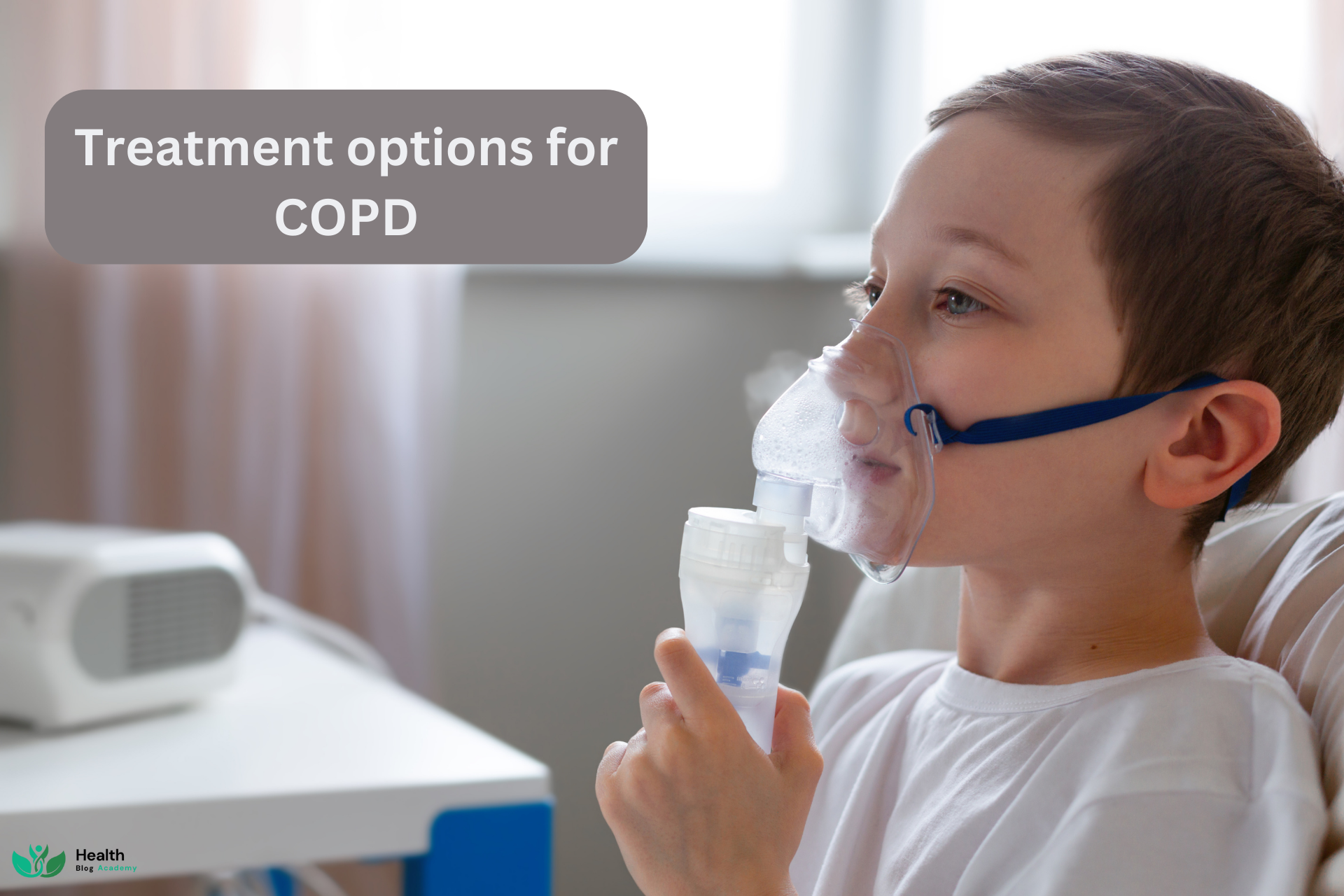COPD is characterized by a range of symptoms that progressively worsen over time. These symptoms often develop slowly, making early detection challenging. When it comes to COPD treatment, a holistic approach that combines medical therapies, lifestyle adjustments, and emotional support yields the best results.
Symptoms of COPD in Adults

- Breathlessness and Shortness of Breath
People with COPD face breathlessness issues. They face difficulty in breathing while doing any physical activities. This sensation is caused by airflow limitation in the lungs due to narrowed airways and damaged lung tissue.
- Persistent Coughing
A persistent cough that lingers for weeks or months is another common COPD symptom. This cough often produces mucus, known as sputum.
- Wheezing
Individuals who suffer from COPD often exhibit a respiratory pattern known as wheezing, which is characterized by a high-pitched whistling sound. It occurs due to narrowed airways and turbulent airflow. Wheezing can vary in intensity and may worsen during exacerbations.
- Fatigue and Reduced Stamina
COPD can lead to reduced oxygen intake and decreased lung function, causing patients to feel fatigued even after minimal physical exertion.
- Weight Loss and Muscle Atrophy
Unintentional weight loss and muscle atrophy are often observed in individuals with COPD.
- Blueness of Lips and Fingernails
In advanced stages of COPD, patients may exhibit bluish discoloration of the lips and fingernails, known as cyanosis. T
- Frequent Respiratory Infections
COPD weakens the immune system’s ability to fight infections. These infections can exacerbate COPD symptoms and further damage lung tissue.
- Swelling in Ankles, Feet, or Legs
Edema, or swelling in the lower extremities, can occur as a result of fluid retention due to heart and lung strain caused by COPD. Swelling can impede mobility and exacerbate discomfort.
- Insomnia and Sleep Disturbances
Many COPD patients struggle with sleep disturbances and insomnia.
Treatment options for COPD

- Medications
Medications are crucial for managing COPD symptoms and slowing down its progression.
- Pulmonary Rehabilitation
Engaging in pulmonary rehabilitation programs helps enhance physical fitness, breathing techniques, and overall well-being. These programs often include exercise routines, nutritional guidance, and emotional support.
- Oxygen Therapy
For severe COPD cases, oxygen therapy provides supplemental oxygen to maintain adequate blood oxygen levels. This treatment enhances energy levels and overall functionality.
- Surgical Interventions
Surgery may be an option for some patients. Lung volume reduction surgery removes damaged lung tissue, allowing healthier tissue to function better.
- Lifestyle Changes
Positive lifestyle adjustments significantly impact COPD management. Quitting smoking is paramount, as it prevents further lung damage. Regular exercise, a balanced diet, and stress reduction techniques also contribute to improved lung function.
- Breathing Techniques
Learning breathing techniques, such as pursed-lip breathing and diaphragmatic breathing, helps improve lung efficiency and reduce breathlessness during daily activities.
- Vaccinations
COPD patients are more susceptible to respiratory infections. Annual flu vaccinations and pneumococcal vaccines can prevent infections and complications.
- Support Groups
Joining support groups or online communities allows COPD patients to connect, share experiences, and exchange coping strategies. Emotional support is critical in managing the disease’s psychological burden.
Conclusion
Adult COPD Symptoms delves into the critical parts of detecting and comprehending the symptoms of Chronic Obstructive Pulmonary Disease (COPD). This informative guide equips both healthcare professionals and individuals with valuable insights into identifying early indicators and managing the condition effectively. By highlighting the subtle yet impactful symptoms, it emphasizes the significance of early diagnosis and intervention. COPD’s insidious nature demands heightened awareness and proactive measures. This book serves as a beacon of knowledge, offering hope and empowerment to those living with COPD and their caregivers. Through education and vigilance, we can enhance the quality of life for COPD patients and foster a healthier future.

